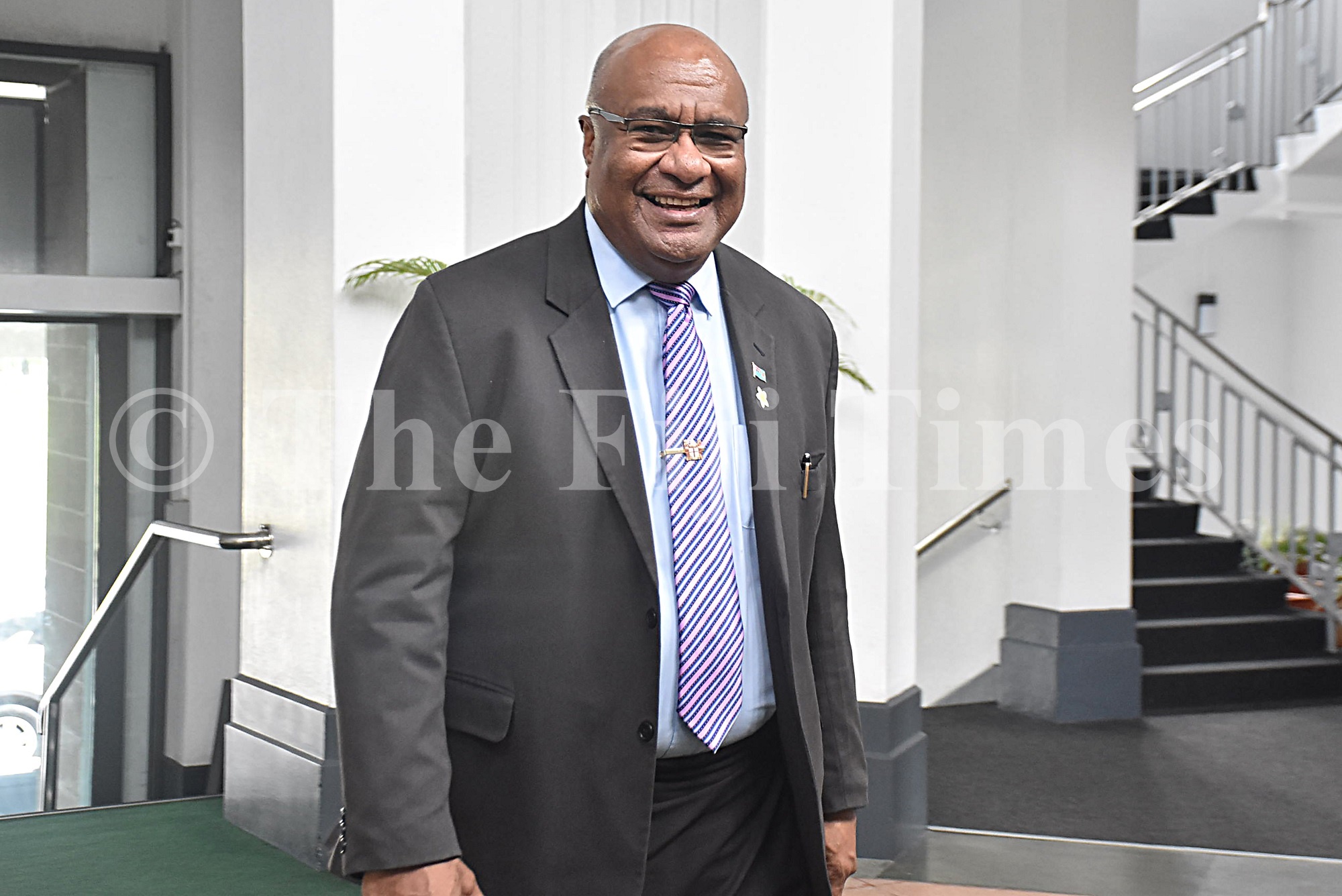In one of the most exciting announcements this year, and indeed over the past decade or so, the Fiji Government’s Cabinet has approved the development of a National Digital Strategy.
This promises to be an absolute game changer.
Credit must be given to The Hon. Manoa Kamikamica, Deputy Prime Minister and Minister for Trade, Cooperatives, SMEs, and Communications as he, from his inaugural speech in parliament, had confirmed intentions similar to the Minister for Finance in recognising the need for economic consolidation, recovery, and aggressive growth.
“We are one nation under God. We need to grow our economy aggressively; I’m suggesting 50 per cent over the next 10 years”, he said.
With this December 12 Cabinet announcement it would be reasonable to suggest he has taken one giant step for the nation to what now seems all the more achievable.
True to his word, Hon. Kamikamica, while admitting it was an ambitious goal, had stated that his ministries would work closely with other key ministries, “to increase the economic pie”.
He said that the “ministries which I head will work closely with all the ministries, finance, tourism & civil aviation, agriculture & fisheries, forests, and other key ministries to increase achieve that…”
In covering Kamikamica’s parliamentary speech (Fiji Times March 7, 2023), this column had commented that integration of these ministries via a cohesive National Digital Strategy was key.
Not only to ensure efficiencies and meaningful, citizen centric collaboration, but at the same time to avoid wastage of invested funds by leveraging the economies of scale a unified strategy can present.
Silos not only represent a fragmented approach but also wastage and loss of opportunity.
It seems The National Digital Strategy to be developed by the Ministry of Communications, with the support and years of experience and expertise of the International Telecommunications Union (ITU) leveraging GovStack will achieve that and much more.
Coincidentally, this column had commented further that to inspire truly unprecedented economic growth, digital capabilities needed to be embedded within each function, each agency, ministry.
And simultaneously, across whole of government.
Not doing so would runs the risk of exacerbating the silo effect.
There had to be a comprehensive whole-of-economy and in fact whole-of-nation digital strategy to support both the private and public sectors to inspire change from their current paradigms.
And it would take patience and planning, a cohesive digital transformation strategy.
The move to GovStack in itself is strategic.
It leverages proven best practice experiences from digital champions such as Estonia, India, and Singapore taking these national best practices and building them into an open-source whole-of-government stack for the digitisation of public services.
GovStack is led by the government of Estonia, the International Telecommunications Union (ITU), and the SDG focused Digital Impact Alliance, with members including the Singapore and Australian governments. GovStack (stack) acts as an accelerator for nations that may be starting out or are slower in the adoption of digital technologies and achieving true digital transformation.
Many digital transformation efforts are reinventing the wheel when developing digital services due to not having access to existing tools and international best practices, and hence develop new solution or rely on third parties to build a one-time, high-maintenance, costly solution.
The stack enables execution and program management via agile business and project processes with a building blocks approach.
Building blocks are software modules that can be implemented, standardised and combined for efficiency across whole-of-government and whole-of-nation.
The standardised building blocks works independently but its real value is in the reuse across all ministries and departments across whole-of-government and can be used for many different use cases.
Assuming a certain level of sophistication, skills, experience, and capability, the GovStack approach makes it easier for technology decision-makers and stakeholders by providing open-source (free) technology, technical specifications for digital services, and implementation support across government sectors.
The solutions need to be customised for each country to enable adaptability for changes in the future.
GovStack promises the ability to enable an acceleration of our digital transformation journey through its adaptation to our requirements and at the same time simplifying, recusing costs, speeding up time to implement, and identifying and enabling resource requirements.
Ultimately the Government is responsible and accountable for its implementation, associated risks, and alignment with government economic and social strategy and alignment with our national development plan.
So there are still many questions to be answered before we can take full advantage of GovStack.
Where do we start?
What are our national economic priorities?
Where is the biggest pain.
Where will we get the biggest gains, make the biggest impact?
Which building blocks do we leverage as a priority.
How does all that map to our roadmap of priorities?
And all that spells government business vision and strategy.
So the Cabinet decision to look to a cohesive business-first National Digital Strategy is the way forward while we are guided by, and have our plans inspired by GovStack and its enabling capabilities.
The Cabinet announcement stated that the National Digital Strategy stated “will lay out a coordinated approach to scale digital technology to drive economic growth and sustainable development. It will provide the much-needed policy certainty to propel innovation, reinvigorate and intensify private sector investment. The National Digital Strategy will be accompanied by an Action Plan to further elaborate on the thematic areas outlined in the Strategy.”
And that suggests a considered, balanced, cohesive approach in the right order of a prioritised business processes driven National Digital Strategy. Government and Ministry of Communications deserve our congratulations and support.
Exciting times ahead.
- NALEEN NAGESHWAR is a regular contributor to this newspaper. The views in this article are his and not necessarily of this newspaper.



